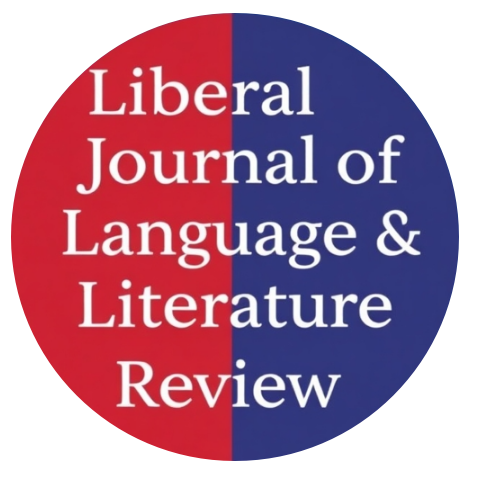Need Analysis of Digital Communication Tools in Real World Context: A Study of Usability, Practices and Perception of Pakistani Higher Education Aspirants of English Majors
Abstract
This study explores the usability, practices, and perceptions of digital communication tools among applicants for English Major studies at colleges in Pakistan. These tools are rapidly adopted in this context, influencing academic success. We aim to uncover usage habits, understand how individuals feel about the tools they utilize in language studies and teamwork, and identify which tools are most effective based on various factors. To achieve this, we employed a quantitative methodology. A survey research instrument in the form of a questionnaire was disseminated via Google Forms, yielding 132 responses from educators across the country who participated at different times. The first part of the questionnaire covered demographic details, the second part focused on the frequency of tool usage, and the third and fourth sections measured usability and perceptions, respectively. The results were analysed using descriptive statistics (frequency tables and percentages) with SPSS version 25 to discern trends in the adoption of tools. Findings indicate that WhatsApp (80.3%) and social media platforms are the dominant digital tools, with 84.85% enhancing education; however, digitized Kahoots (40.91%) are less popular due to barriers in digital literacy and infrastructure. Students also expressed positive sentiments about two features: they support the use of digital communication tools (90.91% agree). The study concludes that collaboration and language learning are enhanced through digital tools, while discrepancies in digital literacy and infrastructure result in unequal learning outcomes.
Key Terms: Need Analysis, Digital Communication Tools, Real World Context, Usability, Practices, Perception, English Majors, Higher Education Aspirants




